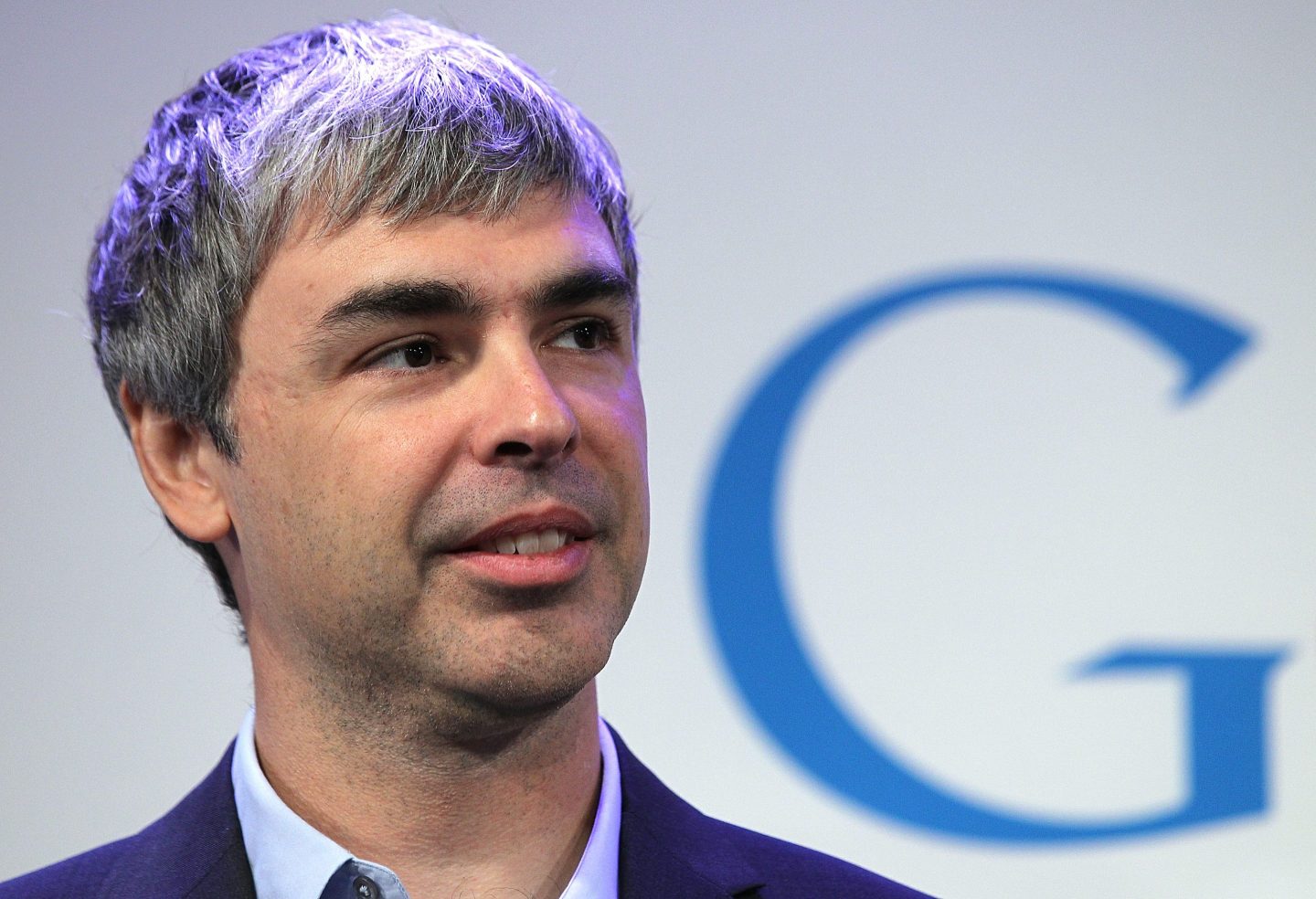When reporting earnings on Wednesday, Tesla is unlikely to emphasize the short-term benefits of a worrisome long-term trend for the company: the elimination of tax incentives for electric cars buyers.
In the U.S., for instance, buyers of a Tesla, or any other electric vehicle, could once get a whopping $7,500 rebate on their tax bill. The argument was that the subsidy helped get fuel-burning cars off the road, thereby reducing pollution.
But the U.S. credit began phasing out after Tesla sold 200,000 cars, dropping first to $3,750 on Jan. 1, 2019, then to $1,875 in July 1, 2019. Since Jan. 1 of 2020, U.S. Tesla buyers haven’t qualified for any tax credit.
It’s a similar situation in the Netherlands, a large market for Tesla, where tax credits also expired at the end of 2019.
Expiring tax credits or other incentives, for cars or any other product, create a phenomenon often referred to as “pull forward.” Buyers who may have been contemplating buying a Tesla were extra-motivated to buy at the end of last year, even if they may have normally waited a month or two.
According to many stock analysts, that “pull forward” should be at the front of investor’s minds when they evaluate Tesla’s fourth-quarter results on Wednesday.
Tesla has already announced record-high deliveries in the final quarter of 2019, and is expected to report good financial results on January 29. The current median analyst projection is for Tesla to post adjusted profits of $1.75 per share.
That’s would be just a bit below the $1.86 third-quarter adjusted earnings per share, which was far higher than the 42-cent loss that analysts had predicted. Tesla’s string of improving results has produced a huge rally in its shares, with its stock more than doubling since Oct. 23.
But there’s strong evidence that Tesla’s fourth-quarter deliveries were partly a sugar high driven by expiring tax credits. That would mean the first quarter of 2020 could see a serious crash in car sales, at least in two key markets.
According to analysts at Cowen, 95% of the growth seen in Tesla’s fourth-quarter deliveries can be attributed to this “pull forward” in the U.S. and the Netherlands. Analyst Toni Sacconaghi at AllianceBernstein has already warned to expect “seasonal softness” in first-quarter demand, largely because of this hangover.
Data to that effect is beginning to trickle in. According to near-real-time Dutch vehicle registration data, 12,053 Teslas were registered in the country in December of 2019. But three-quarters of the way through January 2020, only 33 Teslas had been registered.
Unless something big changes, that would mean a 99.6% monthly decline in a market that made up nearly 15% of Tesla’s fourth quarter deliveries.
Tesla has experienced tax credit-related plunges before. The first half of 2019 saw Tesla’s sales, profits, and stock price take a beating when the U.S. tax credit dropped by $3,750. Some governments have even cut their tax incentives with little warning, including Hong Kong, where electric vehicle sales collapsed in 2017 after regional authorities scrapped an incentive.
But some bullish analysts believe that demand in China and Europe (outside of the Netherlands) will help offset incentive-related losses. Dan Ives, an analyst with Wedbush Securities, believes that pent-up European demand will drive as many as 100,000 added sales there in the next year. Then China could take the reins: Tesla’s Shanghai factory is now fully operational, and Ives believes the Chinese market could eventually account for an added 175,000-200,000 cars sold annually.
Another point in Tesla’s favor, at least in the long term, is that its most successful competitors in the electric vehicle market are in the same boat as far as tax credits. General Motors, for instance, had sold 200,000 electric cars by the end of 2018, so tax credits for its vehicles like the popular Chevy Bolt will expire on April 1. That means the Bolt will have a slim $1,850 tax edge over the comparable Tesla Model 3 for only three months.
Perhaps a bigger competitive worry, at least in the U.S., are manufacturers that are further behind the curve on sales, or just entering the electric vehicle market. Volkswagen, Audi, and Jaguar all have new or planned electric cars that could be serious Tesla competitors. And they can sell tens of thousands more cars while still benefiting from the full $7,500 U.S. incentive.
Even the bullish Ives admits this is a problem for Tesla. Electric vehicle shoppers, he says, “will be looking at other models,” adding that “the tax incentives are definitely a headwind.” He estimates 5% to 10% of U.S. sales that may have gone to Tesla could be diverted to competitors thanks to incentives alone.
But Tesla has a clear ace in the hole – its reputation as an innovator, and its legion of ardent fans. “The Tesla brand, it’s the gold standard,” says Ives. “And that’s been their huge advantage. At least in the near term, it’s held pretty strong.”
How effectively that brand can stand up to a headwind of up to $7,500 per car, though, remains to be seen.
More must-read stories from Fortune:
—The World’s Most Admired Companies in 2020
—How 5G will transform the electric vehicle industry
—Automakers are reinventing how electric vehicles sound
—What was Carlos Ghosn thinking with his great escape? A former colleague offers clues
—Short-sellers took on Tesla and Elon Musk in 2019 and lost their shirts











